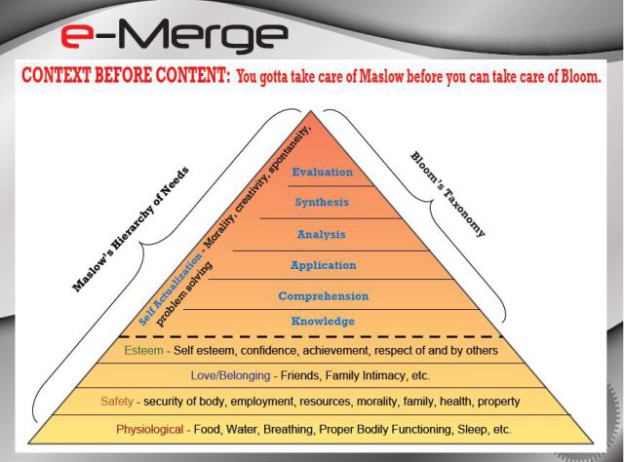My Four year old woke up from his nap today and declared, “I have to go to the bathroom.” I escorted him to the toilet which he promptly sat down on. I already knew what was going to come out of his mouth. Sure enough I heard, “Dad can you sit on the step stool so I can tell you a story?” This is a regular occurrence with him. I pulled the step stool across the tile floor and sat down incredulous that my life had taken me to a point that would have appalled me ten years ago. He proceeded to recite every line from the book Sleeping Beauty to me. I sat there with the fan on and looked at his angelic face and realized that the toilet was connecting us in a way that I had never thought possible. My phone was away and we were mere feet apart sharing a moment together.
My mind wandered off for a bit about how much I knew about the toilet. (I had heard Sleeping Beauty well over 100 times already) Did you know that Nov. 19 is World Toilet Day? It is an event hosted by the World Toilet Organization to raise awareness for the 2.5 billion people around the world who live without proper sanitation. The history of the toilet is quite fascinating. A Scottish settlement had drains that extended from their walls that historians believe could have been the first bathrooms in 3000 B.C. The Palace of Knossos on Crete, built around 1,700 B.C., features definite latrines.
We have to leap all the way to, “1596 when Sir John Harrington, godson of Elizabeth I, published Metamorphosis of Ajax, in which he described a new kind of water closet: a raised cistern with a small pipe down which water ran when released by a valve.” (Suddath 2009) Two hundred years later, along came Alexander Cummings, who developed the S-shaped pipe underneath the basin that kept out foul odors.
“In the 1880s, England’s Prince Edward (later to become King Edward VII) hired a prominent London plumber named Thomas Crapper to construct lavatories in several royal palaces. While Crapper patented a number of bathroom-related inventions, he did not — as is often believed — actually invent the modern toilet. He was, however, the first one to display his bathroom wares in a showroom, so that when customers needed a new fixture, they would immediately think of his name.” (Suddath 2009) Today only 60% of the world’s population has access to proper sanitation.
Now that we know the history of the toilet I will revisit why the toilet is the great connector. Most people in America use a toilet. All of my students use toilets. I believe that everyone who has ever been in a room that I was facilitating professional development with uses a toilet. I realize that I use the toilet as a reference during my teaching to connect with my students an awful lot.
When I explain how to do a proper squat I tell the students to imagine they are sitting down on a toilet. We play a game called toilet tag where a frozen person gets on one knee with an arm out and other students unfreeze them by pushing down their arm simulating a toilet flushing. My students are encouraged to make toilet noises when they do jump squats as a warmup. The laughter and giggles that ensues makes me happy. The engagement of all my students makes me a happy teacher.
My health class is another arena where toilets come into play. In 3rd grade we discuss the digestive system. Guess where solids and liquids end up after they have been digested? You guessed it. The toilet. In 4th grade we cover septic systems and sanitation plants. More toilet talk. I never have to redirect my students during these lessons. They are in to win it.
Whenever I talk to anyone over the age of 75 it seems that the conversation ends up talking about how they visit the toilet too often or aren’t able to get there enough. Both are problems that need to be discussed in detail by them whether you want to or not.
At Edcamp NJ last year I demonstrated my digestive system lesson to the group. It was a way to show how having students demonstrate the digestive system kinesthetically helped the lesson to stick. Guess what. 100% of my students scored a perfect score on the digestive system assessment. I can tell you @dougtimm34 and @btcostello won’t ever forget it. Ask Ross Lebrun about the lesson!
Next time you go somewhere and see a toilet reflect on the multiple ways that it can be used as a connection between people. Everyone uses them yet we are afraid to talk about them. If you want to relate to your students, your staff, your grandparents, or a stranger bring up a toilet. We all need to reflect about the toilet and appreciate it for more than just the most sanitary way to ship out human (or cats can be trained to use them to) waste. After all it is the Great Connector.
Q1: What is the one topic that all your students can relate to? #slowchatpe
Q2: What topics are you uncomfortable discussing in class? Why? #slowchatpe
Q3: How do you stay relatable to your students? #slowchatpe
Q4: What activities do you do that others may raise an eyebrow but you know the ss learn and love? #slowchatpe
Q5: Who do you think are great connectors with their ss? Why? #slowchatpe


